I’ve had a number of folks ask me how to make these PVC kids bows. I’ve helped a few learn and I’ve “told” others how. I thought I might do a build-along in the Tradbow.com Campfire Forum so that in the future, I can just reference this thread. Down the road, I thought I’d do a sister tread about PVC bow quivers too. Finally, I’ll provide a PDF with drawings of the fixtures I use and cheat sheets with all the measurements for making the bow. That way a person doesn’t have to take notes, and I don’t have to spew a bunch of numbers in the build-along. (Follow link below for plans and cheat sheet.)
I wish I had known about these bows when my kids were coming up. They are as efficient as the recurve bows I spent a bunch on for my wee-ones, but are way more fun to shoot. Above is a picture of a fine young fellow braving 10 deg temperatures to fling some arrows for about 4 hours Christmas morning…
When I hand a child (eager to become an archer) one of these bows, they grab them from me instinctively. There is no doubt in their mind how this thing works. It’s magic. Every time I see this same reaction, I know the longbow must be burned into our genes. We grasp for the history of our glorious weapon. 5000 years? 8000 years? Tip of the iceberg I say. Try 400,000 years. I am sure our brother Neanderthals (with whom we share quite a bit of DNA) knew the bow. They roamed our world for many ages before we came along, and they ate a LOT of meat.
- Here’s a picture of a young lady getting to know her tack.
- Here’s the kit she got.
- And here’s a quiver that went to another upstanding young lady.
I share these pictures with you in the hopes that you might find this idea of giving a complete outfit to a young person appealing. Two bows can be made from one 10 foot piece of 3/4″ PVC. Five Quivers can be made from one 10 foot piece of 4″ PVC drain pipe. I find that a bow like this works for kids ages 10 and up.
The beauty of a PVC bow is that it is cheap and nearly indestructible. A serviceable bow can be made in an hour or less if you forgo the paint, arrow rest, and handle wrap. That said, dressing a bow up sure adds to the sparkle in that young persons eye. And after all is said and done, is there anything better in this world than a happy kid?
Before I get started, I need to acknowledge and thank Nicholas Tomihama. Nick has a YouTube channel called “Backyard Bowyer” which details how he makes PVC bows. If you look at his channel, you will need to go back a few years to see bow work, as his newer efforts have moved into other areas. I bought his book titled Simple PVC Pipe Bows from which I learned most of the basics. If you want to round out your understanding of making these bows, I encourage you to look at his work.
So let’s get organized…
It’s always fun to jump into things and paint ourselves into the proverbial corner. But once we are stuck there, it doesn’t seem so much fun anymore. Everything we do requires some sort of investment of materials and time commitment. Awareness of these things, before we begin, allows us a greater chance for success. So let’s see what we need…
The jigs you will see in this build-along are made from simple pine boards available at your local wood yard. High quality wood is not required, but selecting straight and true pieces will help you build the best jigs.
In order to get the most rigid jig I could make, I glued 3/4 boards together to make the jig. I expect that if you simply make it from a 2X4, it will suffice.
The pipe used to make the bow is 3/4″ schedule 40 PVC. Using a thinner walled pipe will result in a weaker bow. I encourage you to use schedule 40 pipe.
The first thing you will need to do is gather materials and tools.
For jigs you will need a taper jig, a heating trough, a flattening board, and handle forms. As I mentioned earlier, I will add a PDF to this build-along with plans for making this stuff. A couple hours should be plenty to slap it together.
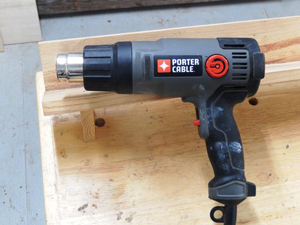 For tooling, you will need a heat gun, a glue gun, a propane torch, and a few clamps, and some gloves (pipe gets hot!). This does not include the tools you will need to make the jigs, such as a handsaw, screw driver, etc. Here is a picture of the $30.00 heat gun I use.
For tooling, you will need a heat gun, a glue gun, a propane torch, and a few clamps, and some gloves (pipe gets hot!). This does not include the tools you will need to make the jigs, such as a handsaw, screw driver, etc. Here is a picture of the $30.00 heat gun I use.
For materials, you will need 3/4″ schedule 40 PVC pipe, twine, PVC epoxy, tape, spray paint, PVC purple primer (optional) and string material. I use B50 to make the strings. The PVC epoxy I use is made by JB Weld and is available at places like Home Depot and Lowe’s.
Please note, I will give the specifications for the string but I won’t go into detail as to the building of a string. There is plenty of information available for string building out there already.
All right, with all that said, let’s get to work!
Editor’s Note: The excellent instructions for this project can be found in our forum using the following link:


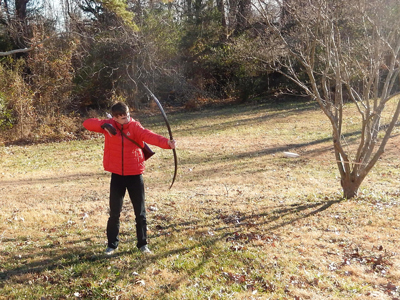

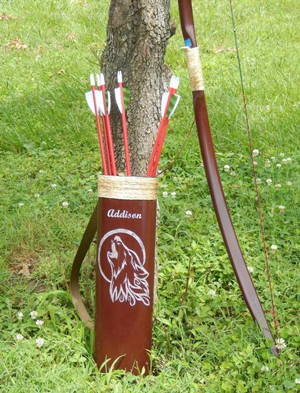
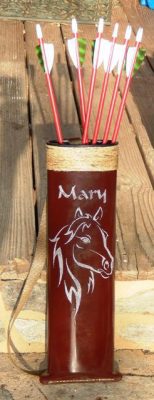

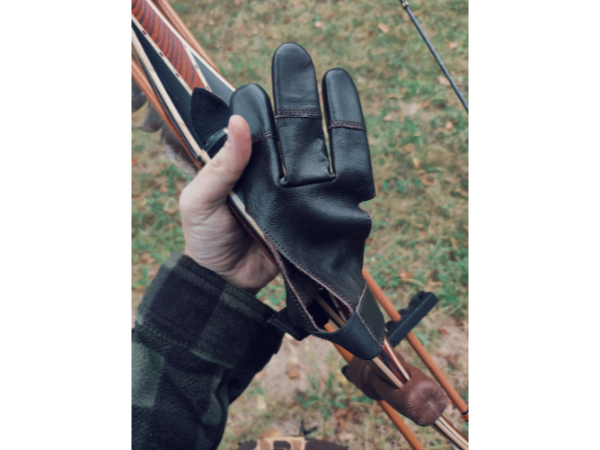


Years ago I acquired a free copy of pvc pipe bow making instructions from the good folks at the Missouri traditional bowhunters
They are very simple and easy to follow, and are a nice option if you want a round bow.
We have been giving them away at the Christian Deer Hunters Association expo and auction for the last 10 years with huge success, with many stories of families getting hooked on all forms of archery due to our endeavors.